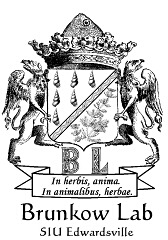

 |
 |
| This series of projects focuses on how snail shell size and shape affect hydrodynamic forces exerted on these shells. Many species of snails experience changes in the growth and development of their shells in response to predator cues, and we are curious as to how these changes affect the way that the shell interacts with moving water. This is certainly an important issue for stream-dwelling snails, but it is also potentially important for snails living in quiet backwaters subject to sudden changes in flow and for snails subject to predation by suction-feeding fish (more specifically addressed in Rhys Fuller's graduate research). |
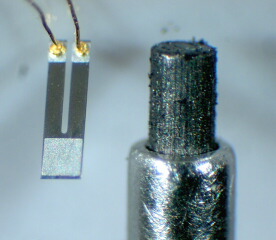 |
Instruments we use to measure hydrodynamic drag and lift on snails are made in the lab, and are based on semiconductor strain gages. These are incorporated into Wheatstone bridge circuits, the output from which is digitized to a computer.
Photo: Semiconductor strain gage shown next to the tip of 0.5mm mechnical pencil for scale. |
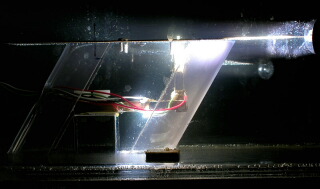 |
The most recent instrument design centers around a force arm mounted in a laboratory flume. The force arm is inside an acrylic chamber filled with water to protect it from being disturbed by water flowing through the flume. Snail shells will be mounted to the small brass pin seen sticking above the horizontal brass plate. |
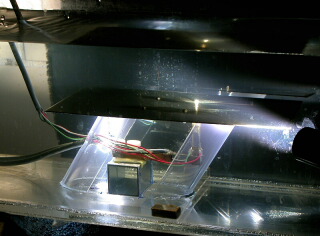 |
The force arm can be deflected in each of the three dimensions (left-right, fore-aft, and up-down), and the strain gages detect these deflections. We can use this property of the force arm to measure drag (the fore-aft force) and lift (the up-down force) exerted on a snail shell as water flows through the flume. |
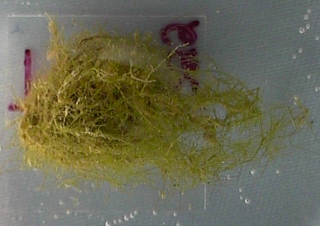 |
One aspect we wish to study is the hydrodynamic effect of epibiotic algae growing on freshwater snails. Some populations of snails have large quantities of algae growing on their shells, which may affect their ability to function in flowing water.
Photos: Shell of an individual Elimia potensiensis before (above) and after (bottom) removal of attached algae. |
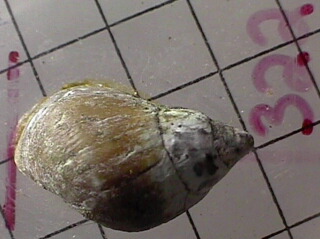 |
|
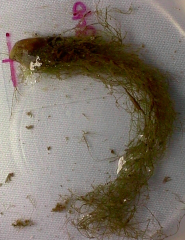 |
Photos: Shell of an individual Pleurocera acuta before (above) and after (below) removal of attached algae. |
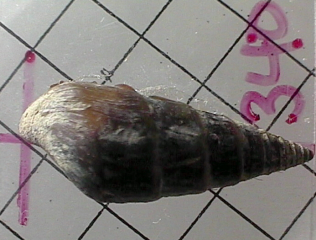 |